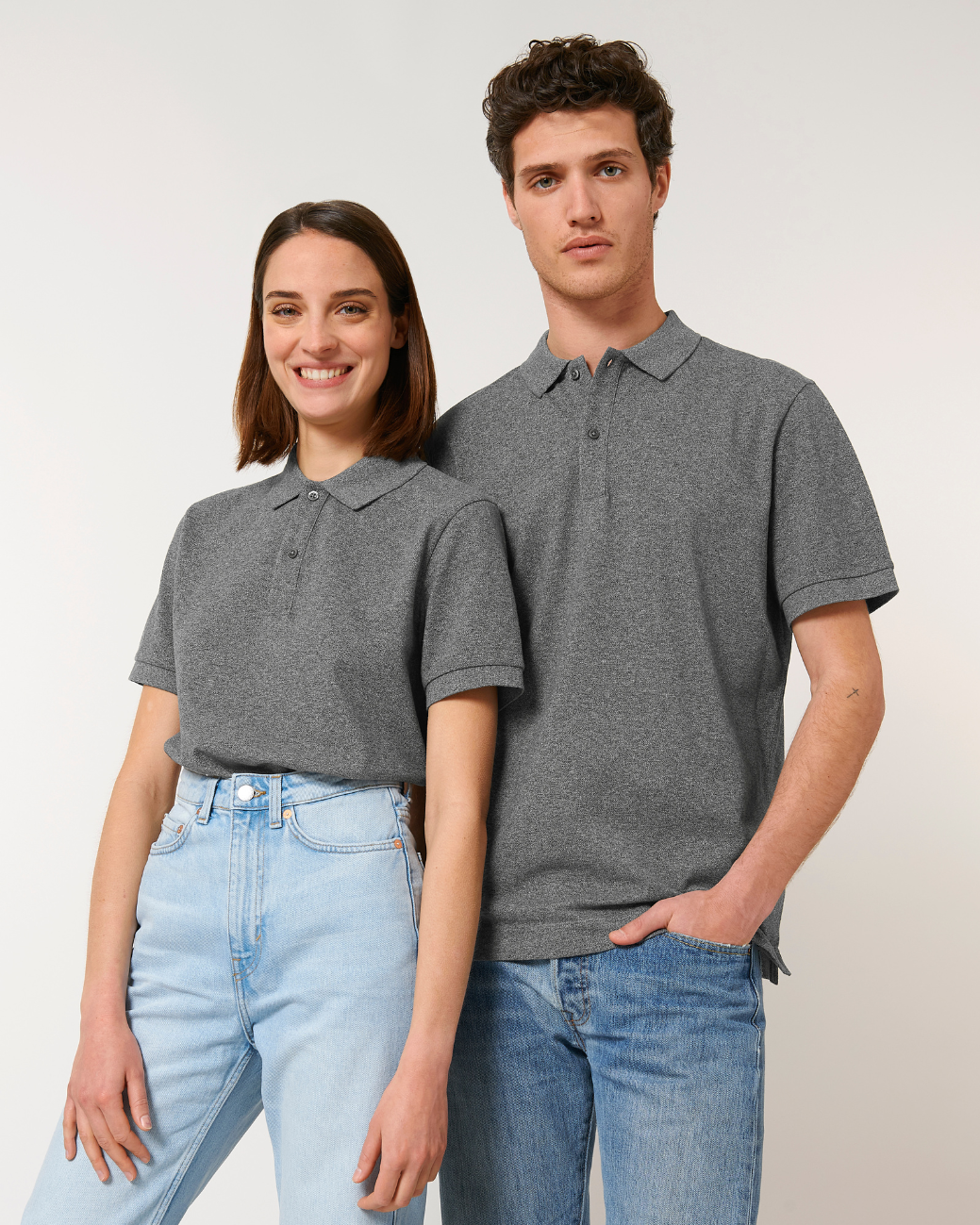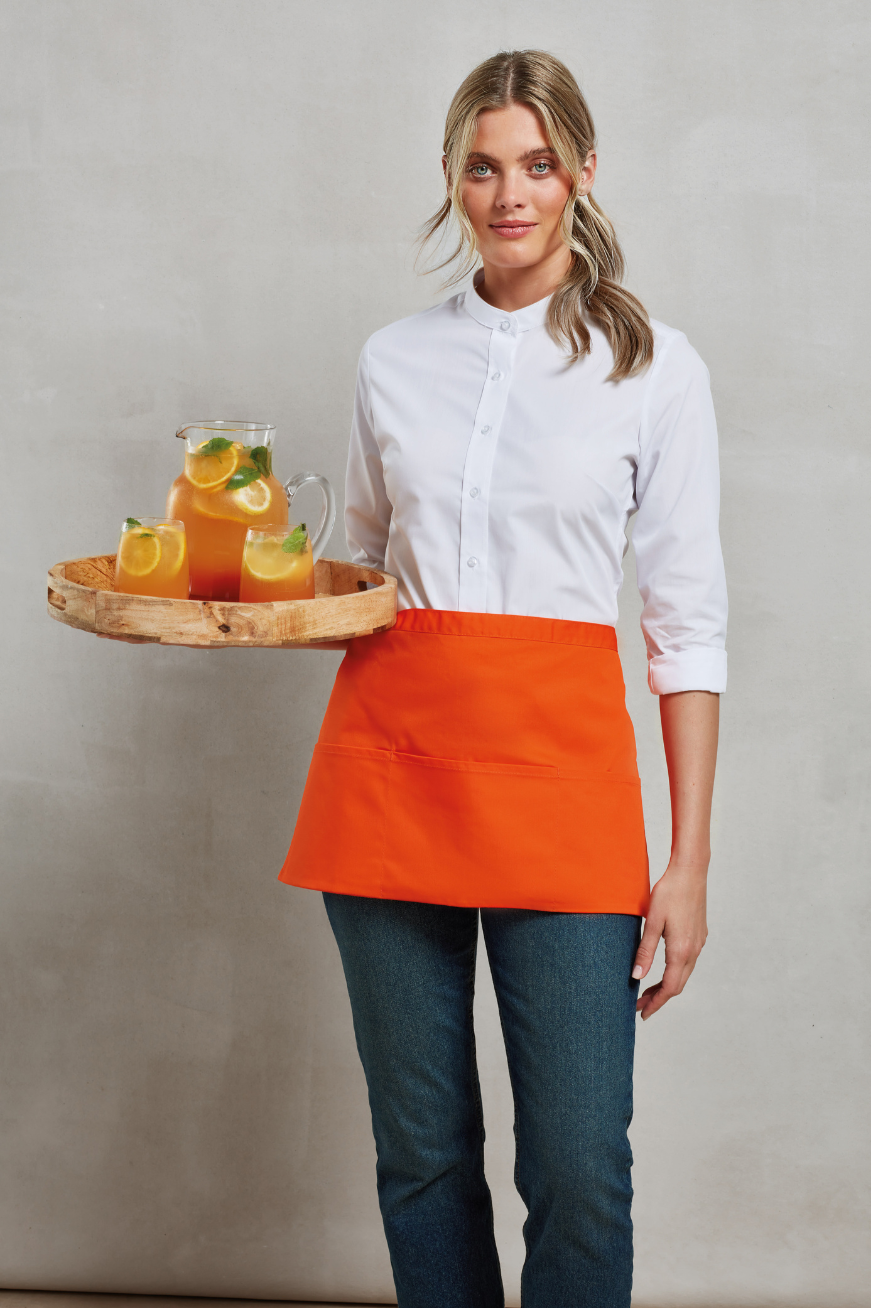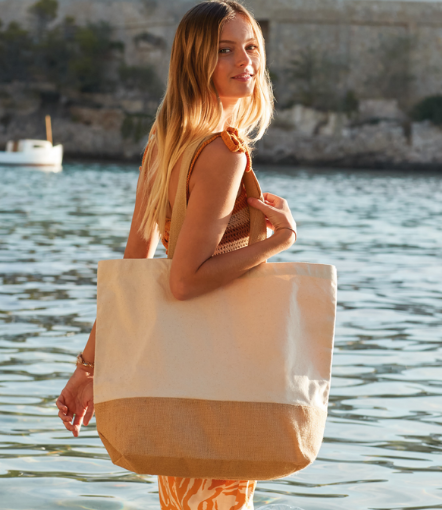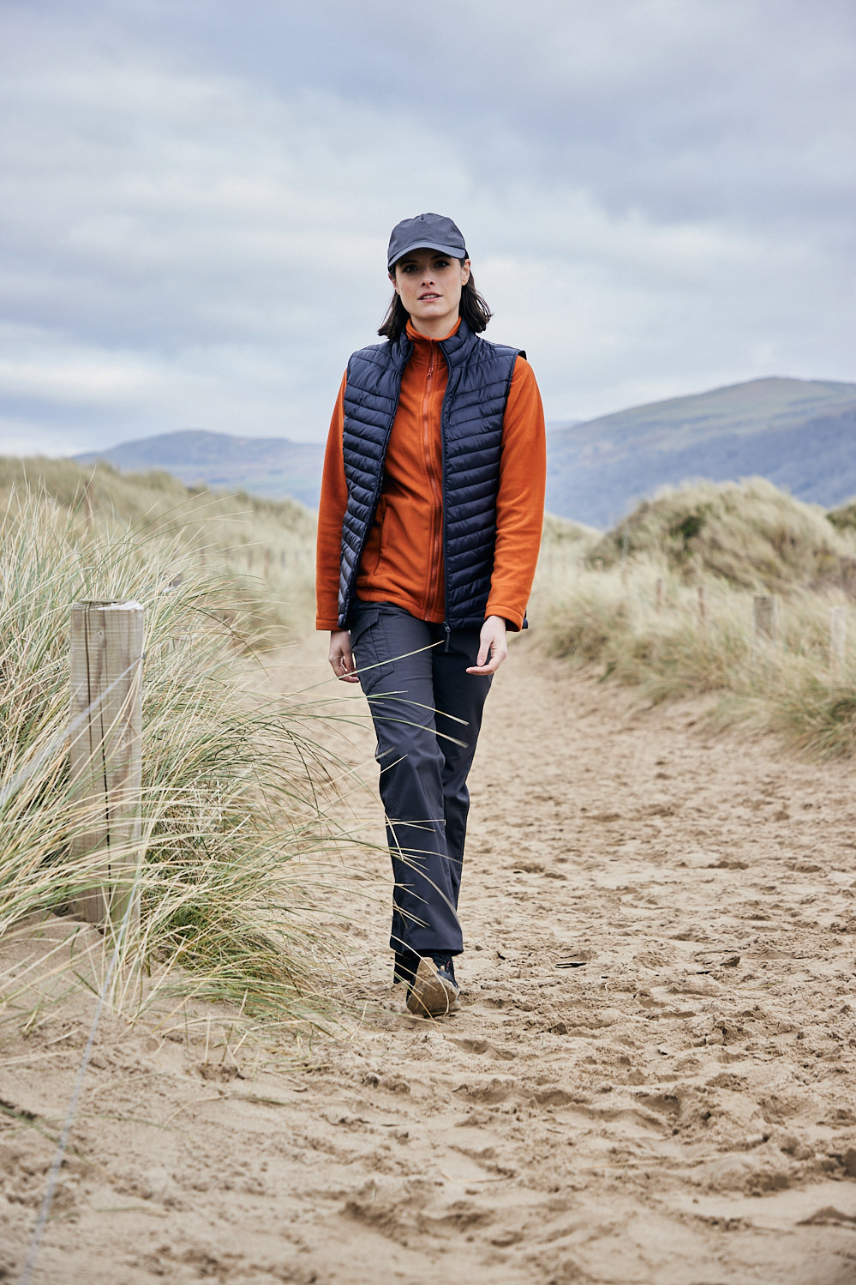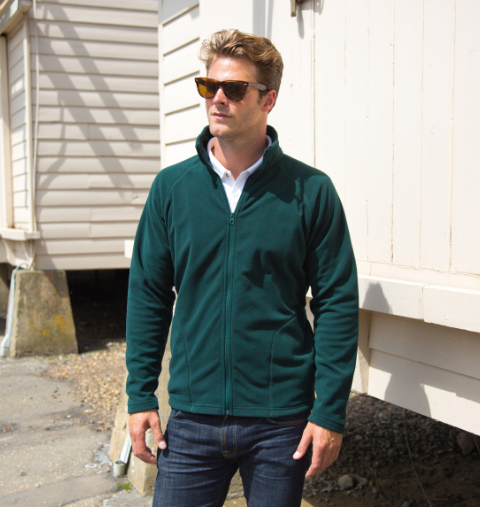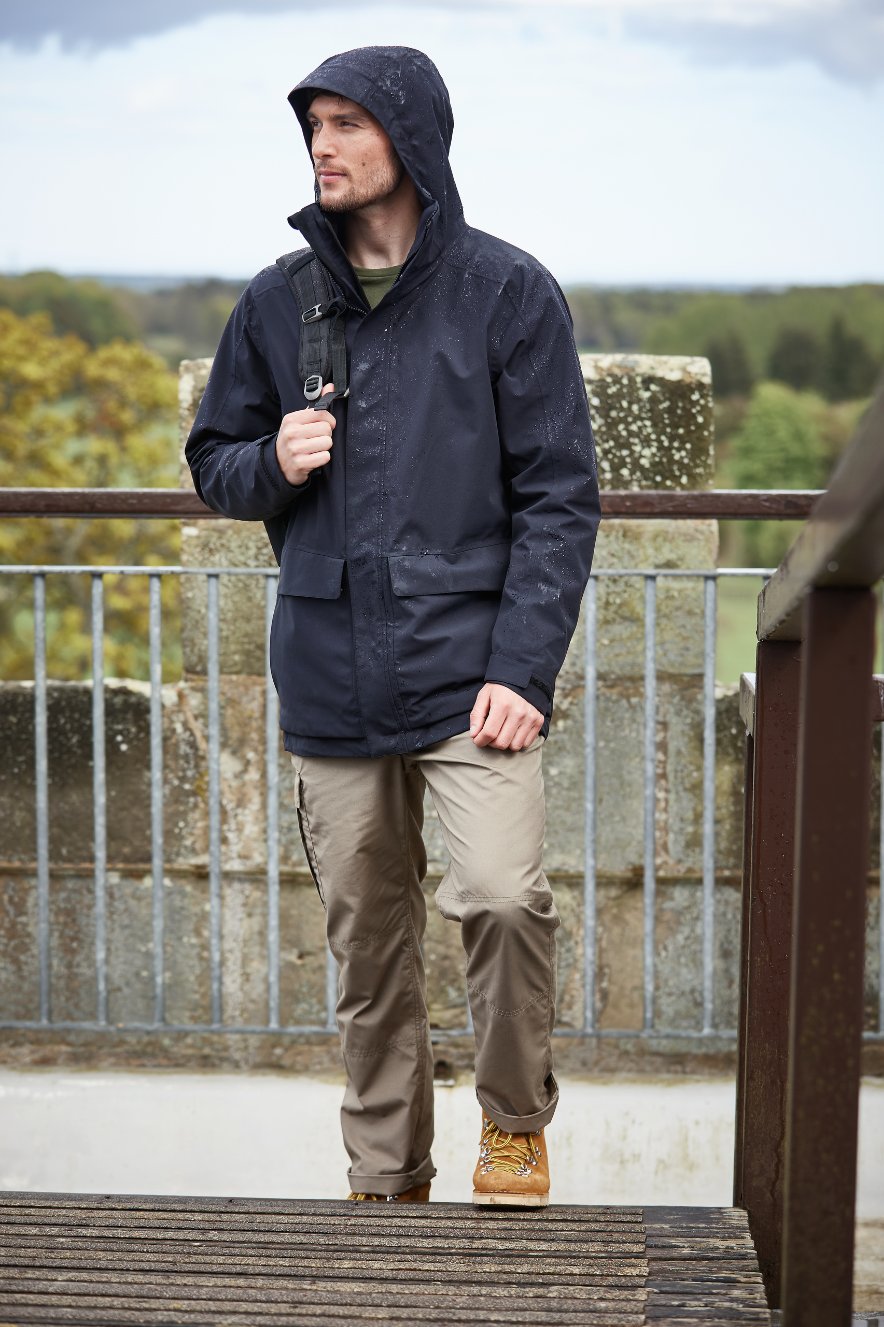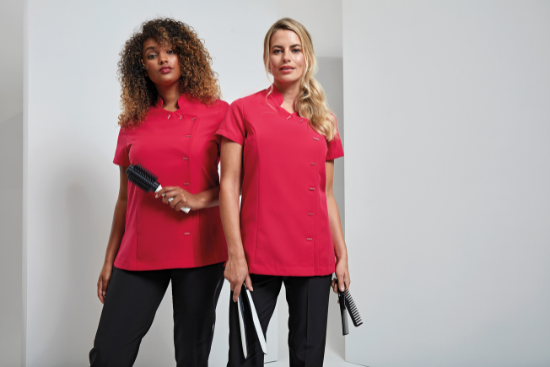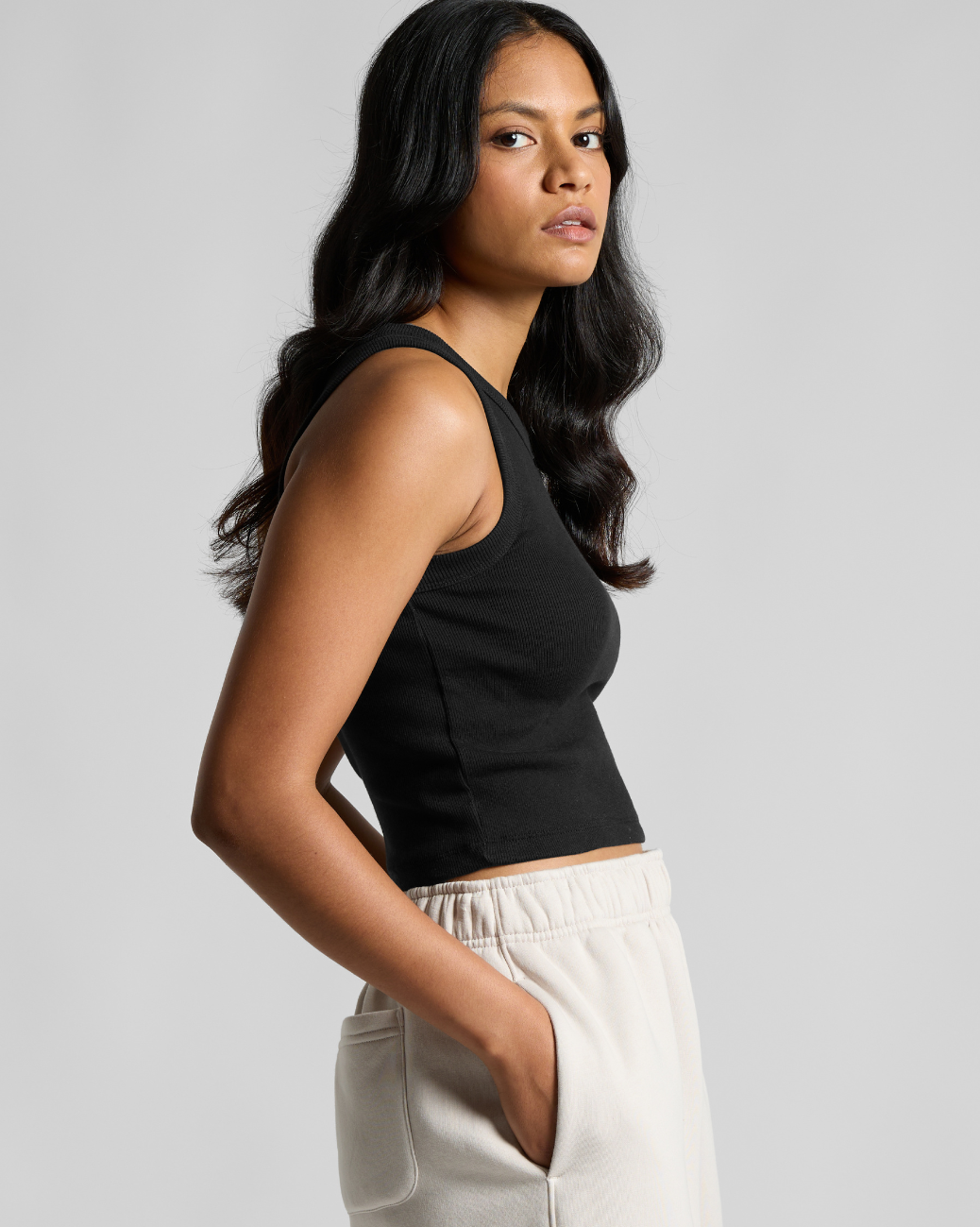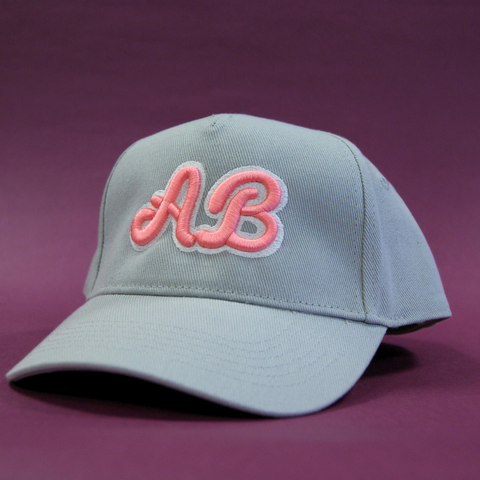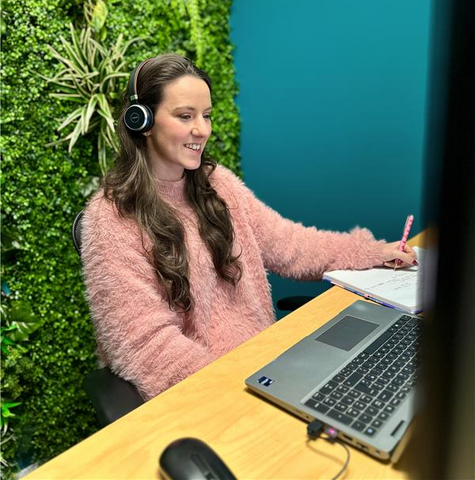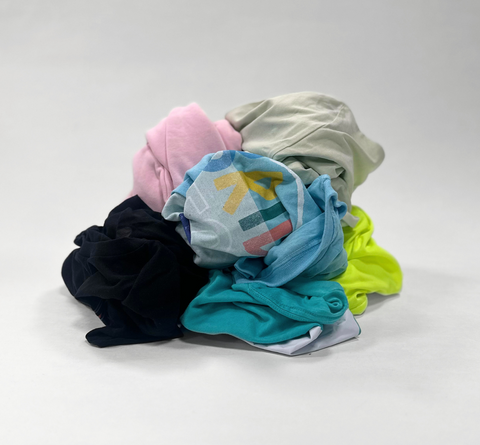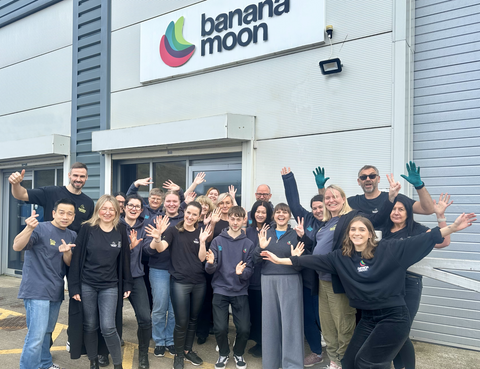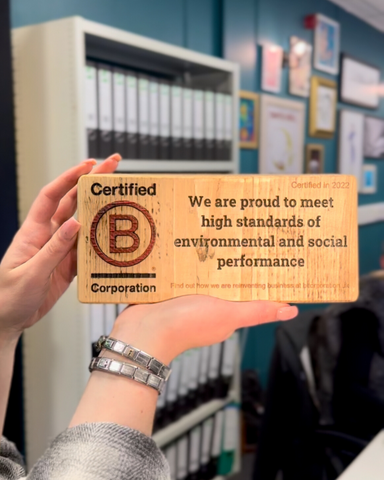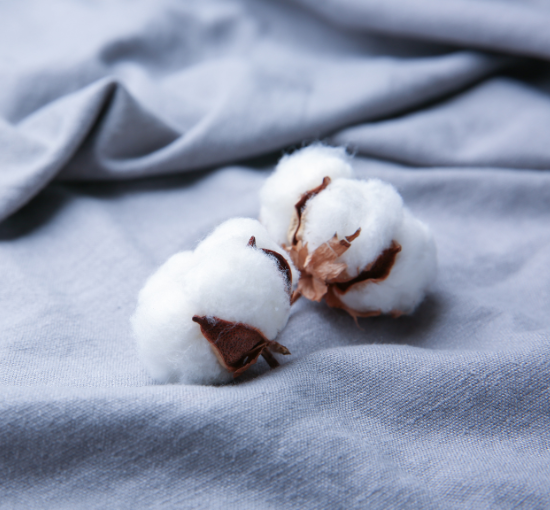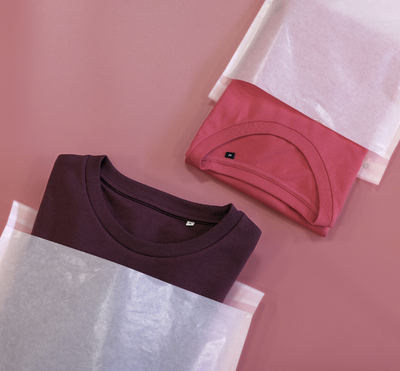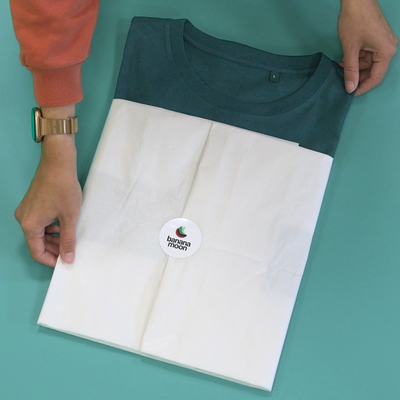Caring for your clothing, especially personalised clothing, is easy with the right washing routine.
Washing your clothing in lower temperatures, or on an eco-wash, is not only cheaper, but better for the environment and your clothing. Quite often, the clothing we wash isn’t actually dirty enough to need a high-temperature wash, and a 30-degree wash will do just fine.
For tougher stains, vinegar is renowned for its eco-friendly nature and powerful cleaning properties. Plus, when you can buy white vinegar in major supermarkets for as little as 35p, it’s good to know you’re saving money and helping the planet. Vinegar also softens clothing, which is great for cotton and linen, but be careful when using vinegar with certain materials like elastic, as it can break it down over time.
A top tip for protecting clothing with embroidery, screen printing, or digital printing is to always wash these items inside out to preserve personalisation and never overload the washing machine. Overloading the washing machine can cause excess friction between garments, which could damage the pattern or print and cause it to crack.
When washing any items with zips, make sure they’re zipped up before they go into the wash. Leaving them unzipped could damage the zip itself and other clothing in the drum, as the metallic teeth could catch other garments or scratch vinyl print.





